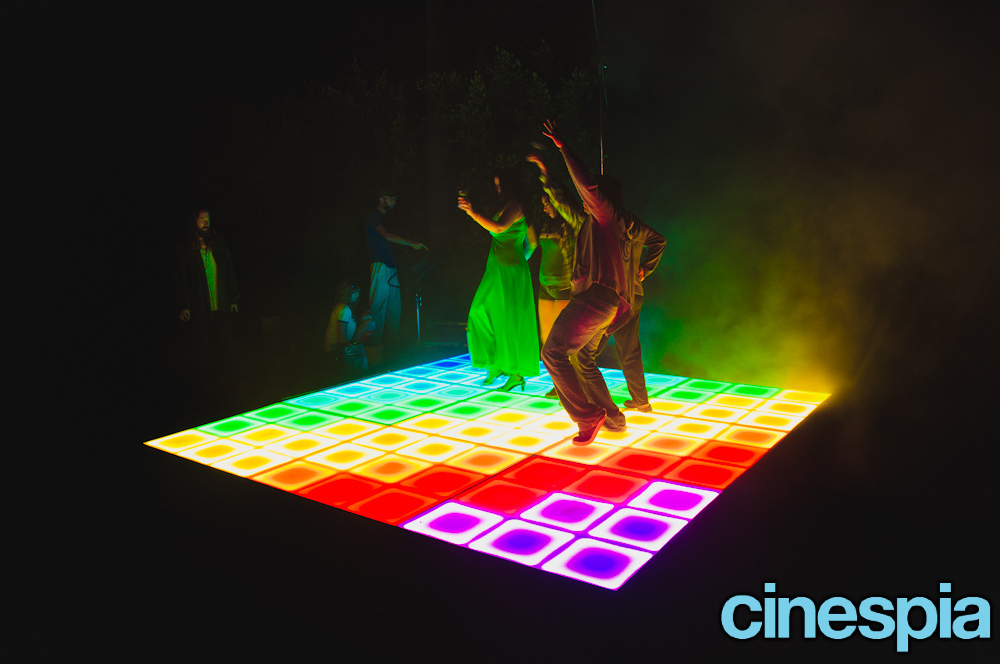Reliable Tips to Enhance the Strength of Your Dance Surface
Wiki Article
To preserve a dance surface's longevity, it is essential to comprehend the materials and composition that contribute to its strength. Performance floors are commonly made from timber, vinyl, or customized foam materials. Each kind has its own benefits and disadvantages. Wood surfaces provide excellent flexibility and shock absorption, rendering them ideal for multiple movement disciplines. Synthetic floors are frequently easier to maintain and can be designed with slip-resistant surfaces, which is essential for safety. Custom foam floors provide padding, which can assist prevent injuries. Selecting the right option based on the intended use of the dance floor greatly affects its lifespan.
Routine upkeep is vital for prolonging the life of a performance surface. This includes sanitizing and refinishing the flooring as needed. For timber surfaces, it is important to brush or vacuum consistently to remove debris and grime that can scratch the surface. Furthermore, applying a protective coating or finish every few cycles helps shielding against moisture and wear. Synthetic floors should be cleaned with suitable solutions that do not damage the surface. click here now Maintaining a consistent sanitizing routine will not only preserve the look of the floor but also guarantee a safe dancing environment.

Climate and humidity play a critical role in preserving a performance floor's condition. Ideal settings for timber surfaces are generally a temperature of 60-80 degrees °F and a humidity level of forty to sixty percent. Excessive moisture can lead timber to warp or form mold, while overly dry environments can lead to cracking. In areas where humidity ranges fluctuate, it may be advantageous to utilize a humidifier or drying unit. For synthetic or cushioned floors, maintaining proper airflow can help minimizing moisture accumulation that might compromise their stability.
Proper use is another critical strategy for click here for more info extending the life of a performance floor. It is necessary to establish rules for activities that occur on the surface. For example, high heels or pointed objects should be prevented as they can cause lasting damage. Placing furniture outside of dance spaces also prevents marks and dents from developing. If the space accommodates various activities, placing safeguarding mats during non-dance events can further shield the surface from wear.
Ultimately, regular expert assessments are an effective way to ensure continuous upkeep of a dance surface. Engaging specialists who focus on dance surfaces can deliver useful guidance into potential problems before they become major problems. These experts can offer advice on restorations or refinishing solutions that might extend the lifespan of the floor significantly. By committing to regular inspections and updates, owners can maintain that their performance floor remains secure, attractive, and functional for decades to come.